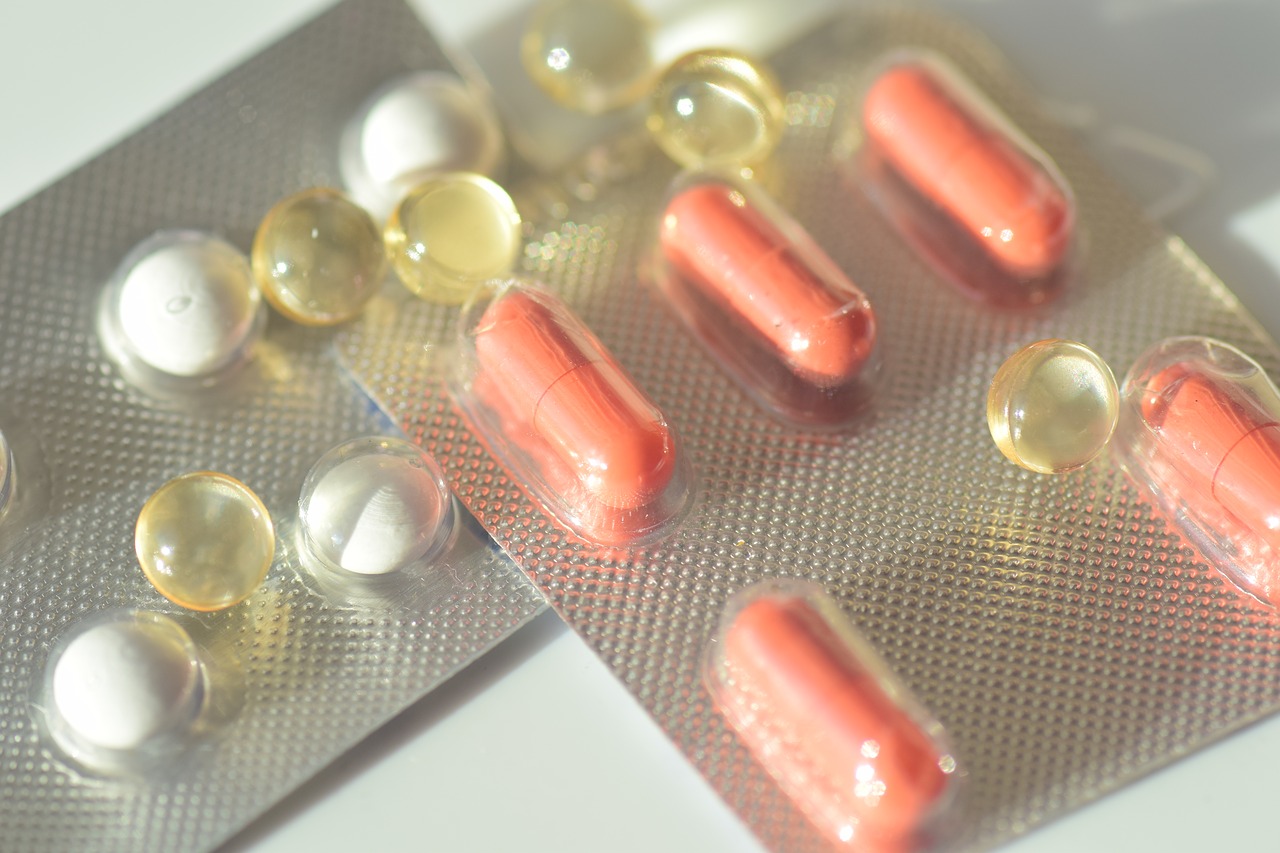Validation and testing in the pharmaceutical sector: what is the difference?
In the course of our long experience we often noticed that there is confusion between the concept of validation and testing: the are often considered as the same thing and it is believed that the testing can substitute the validation process. Let us discuss the matter with our Director Fabio Farneti.
Validation and testing: their purposes
What is the difference between validation and testing?
“Let’s get one thing straight from the start: validation and testing are two very different things. First of all it is better to make it clear that in a quality system, validation is a whole path while the testing is a very specefic phase. We often tend to get confused becuase in the validation there are quality activities that are very similar to the testing activities. Similar but different for these reasons: the aim, the effect and the subsequent activities”.
What’s the point of testing?
“Testing is the responsibility of the equipment supplier and it had the aim of verifying that the realized product is appropriate to the project specifications requested by the customer. It is an activity that should be performed independently from the requests or from the presence of the customer. In a company that has a quality system, tests are an integral part of this system and therefore must be clear and regulated by procedures, they must leave a written record of the checks carried out, the results obtained, the staff who carried out the tests and the date on which they were carried out. The tests can normally be subdivided into FAT (Factory Acceptance Test, tests performed before the equipment shipping to the costumer) and SAT (Site Acceptance Test, tests performed after the equipment installation at the customer). In simple terms they are used to verify the correct functioning of the equipment”.
What is the purpose of validation, instead?
“Validation is the responsibility of the equipment user and has the aim to prove that the production, manufacturing, packaging and distribution process of the product is performed by means of the l’equipment ensure the protection of the end patient (who will take the medicine) and the integrity of the critical data recorded during the process. In order to obtain the validation it is also necessary the equipment qualification. In a pharmaceutical company, qualification is an integral part of the quality system. The qualifications can be divided into IQ (Installation Qualification, tests that are normally carried out before the machine is put into operation), OQ (Opertional Qualification, tests that verify the functionality of the machine), PQ (Performance Qualification, tests that verify the equipment in a real process for each type of product). Also in this case, if we want to summarize the concept in simple terms, the validation aims to verify the conformity of the product manufactured by the equipment”.
Validation and testting: the effects
What is the effect of testing?
“The final effect of testing is the commissioning of the equipment, i.e. the moment when the equipment is delivered by the supplier to the end customer. The changeover is managed at the contractual level between the two parties”.
What is the effect of the pharmaceutical validation?
“Through pharmaceutical validation the user obtains the authorisation to produce or package the drug. The manufacturing or packaging authorisation can only be issued by a regulatory body”.
Activities which need validation and testing
What activities must be carried out after the test?
“If the supplier identifies product defects that may compromise the safety of persons, he must correct the equipment or recall it from the market”.
What activities must be carried out after the validation?
“Each time a part of the equipment defined as critical for the quality of the pharmaceutical product is modified or replaced, the user is obliged to repeat the validation process for that part. This activity is called change control. The lack of fulfillment of this activity could lead to the withdrawal of packaging or production authorizations already obtained.”.
Is it possible that topics that should not be part of the validation process may also be covered in a validation? If so, why?
“It can happen for several reasons. The first is a historical legacy, validation has had a very long time evolution with several changes and these concepts have been absorbed by people of the field very slowly and, sometimes, people are still linked to outdated methods. Another reason is the conviction of one’s own ideas; often, in comparison with the inspectors, it is much easier to give in to requests for implementation than to make them understand the reason for the choices made. Finally, pharmaceutical companies do not always have sufficient resources or knowledge to draw up qualification documents for equipment they do not yet know, so they ask their suppliers for help that is often not correctly understood and interpreted.
“The test can be an agreement between the parties and the documents necessary to carry it out and trace it can be made according to the degree of preparation of the various actors, for validation instead no, the qualification documents must be much more rigorous because they must be submitted to a regulatory body. Validation can also refer only to the parts that ensure the quality of the final product (drug). If all the parts tested in a test were to be considered as critical (equivalence between testing and validation), much more time would have to be spent in the production of the documents, in the field testing activities (delaying in the production activity of the drug), and continuous re-validation for every minimal modification or replacement of machine parts (waste of resources and further delays in the production activity of the drug)“.
But if in a validation, unlike a test, only the parts related to the quality of the final product are verified, how do you ensure that you have considered everything that should be considered?
“The qualification is the last step of the validation, the answer to this question is to be found in a previous step, i.e. in the GMP risk analysis (not to be confused with the one required by the Machinery Directive). But this is a different story… that we will tell in the next weeks…”





